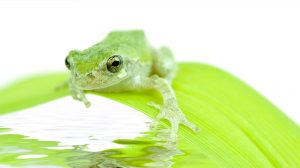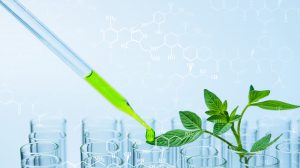Definition
noun, plural: oocysts
A resistant, thick-walled spore containing the zygote
Supplement
Apicomplexa is a phylum comprised of protozoans characterized by having a special organelle called an apical complex, and most of them are single-celled, parasitic, and spore-forming. They are intracellular parasites. Their life cycle is comprised of stages where each has a particular cellular variety. Nevertheless, not all members have all the various life stages. For instance, Toxoplasma gondii (causative agent of toxoplasmosis) has a life cycle comprised of stages with the following cell types: bradyzoites, tachyzoites, and oocysts. A bradyzoite is a sessile, slow-growing cell type. In toxoplasmosis, the bradyzoites form clusters within a pseudocyst lodged in muscle and brain tissues of the host. The bradyzoites may give rise to either tachyzoites (relatively faster-growing cell type that actively multiply and invade host’s cells, and later differentiate into bradyzoites within a cyst) or gametocytes. Gametocytes are gamete-forming cells. The male gametocyte develops into a microgamete. It is flagellated and smaller. The female gametocyte develops into a macrogamete, which is non-flagellated and larger in size than a microgamete. The male and the female gametocytes fuse forming a zygote inside the oocyst. The oocyst, therefore, contains the zygote. Under appropriate conditions, the zygote develops within the oocyst, which then becomes infective. Ingestion of the infective oocyst by the host could lead to toxoplasmosis. The oocyst liberates bradyzoites in the stomach and intestine of the host and the parasite’s life cycle goes on again.
Other organisms that produce oocysts are Eimeria, Isospora, and Cryptosporidium.
Note: oocyst should not be confused with oocyte, which is an immature female sex cell in animals, including humans.
Word origin: Greek ōon (“egg”) + kystis (“bladder”)
See also:
Mentioned in:





